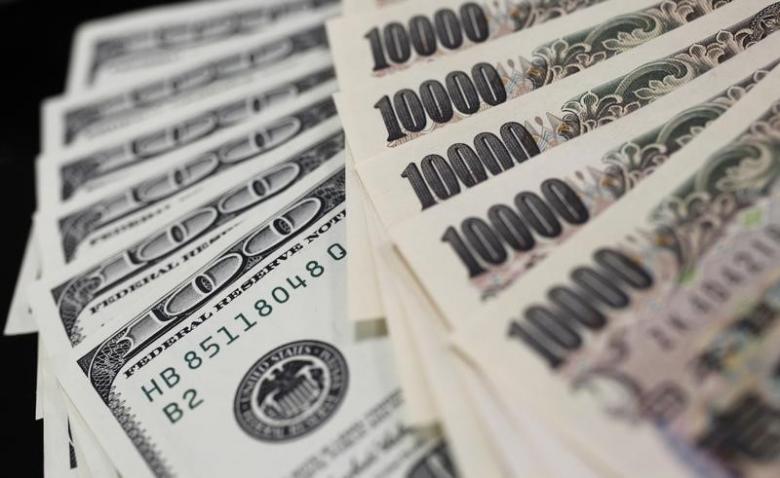Riyadh-The recent relapse in traded monetary liquidity averages in the Saudi shares market caused concern for some shareholders in enlisted companies. This situation coincided with the upcoming Eid Al-Adha holiday.
On the level of monetary liquidity flow to Saudi shares market trading, averages declined through the past weeks, reaching USD3.3 billion (SAR12.5 billion) compared with the week before USD3.5 billion (SAR13.3 billion), meaning a drop of 6%.
The Saudi share market index had also dropped during August, closing at 6, 080 points on Wednesday and losing 3,5% or 222 points compared with results obtained in July.
Financial analysts Faisal al-Ukab told Asharq Al-Awsat that the drop in traded monetary liquidity averages is not disturbing in the current time because some investors tend to purge new monetary liquidity with the approach of Eid Al Adha.
“Financial results of companies are expected to undergo a slight increase during the third quarter of 2016 compared with the second quarter,” Ukab told Asharq Al-Awsat.
In this context, statistics of the Saudi Arabian Monetary Agency (SAMA) revealed a slight increase in cash flow exposure during 2015 compared with 2014.
Statistics also showed that the total of investment funds assets in Saudi Arabia dropped to USD27.6 billion (SAR103 billion) in 2015 compared with USD29.3 billion (SAR110 billion) in 2014. The number of investment funds in the kingdom increased to 280 funds in 2015 compared with 252 funds in 2014, according to SAMA statistics.
Statistics also showed that the number of private sector workers jumped at the end of 2015 to 10.5 million employees – 1.7 million of them being citizens – an increase of 4.7% compared with private sector workers average in 2014.
Furthermore, Saudi Arabia crude oil reserve remained remarkably stable in 2014 and 2015.
